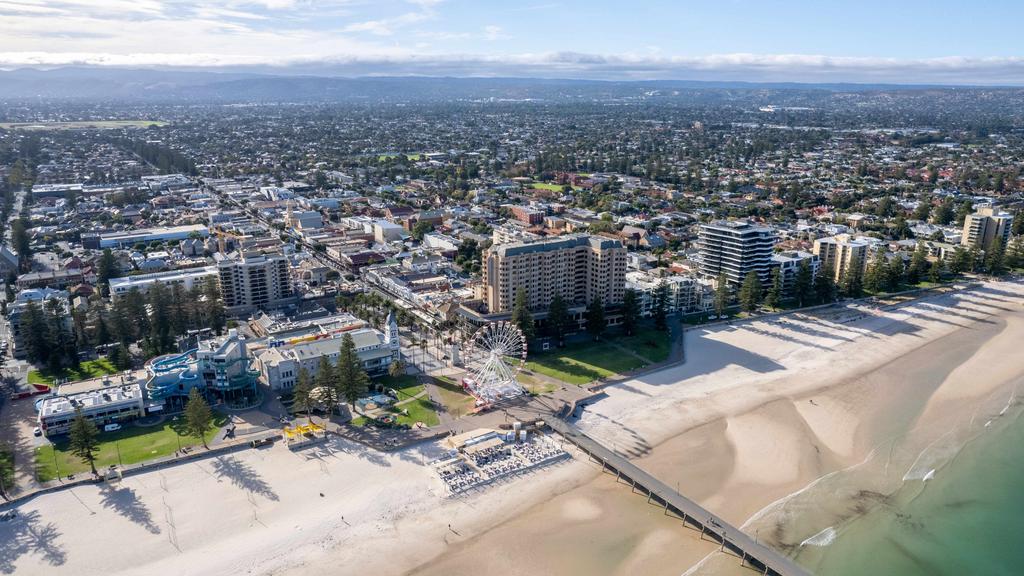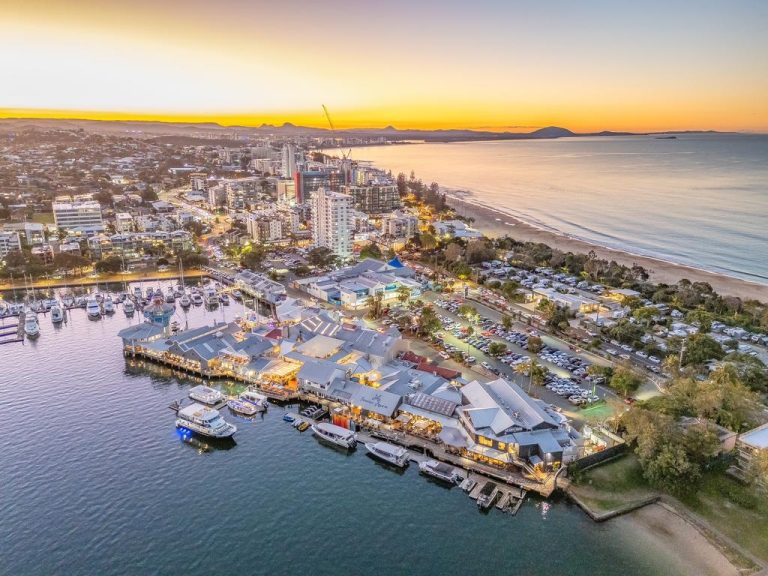Commercial vacancies fall in Adelaide’s lifestyle precincts
Prospective tenants seeking a commercial property are gravitating to “lifestyle-led” suburban areas with a mix of cafes, restaurants, shops and housing, according to new research.
The analysis by commercial real estate company JLL revealed the vacancy rate across Adelaide remained steady at 7.9 per cent but a new trend was emerging.
It showed demand was shifting from Adelaide’s more traditional retail high streets, where vacancies were rising, and moving towards lifestyle-driven strips anchored by hospitality, amenity and growing residential density.
JLL research director Rick Warner said the findings highlighted where consumer activity, as well as landlord and tenant opportunity, were concentrated.
MORE: Fate of popular bridal boutique revealed after building’s sale

Commercial vacancy rates are rising in traditional retail high streets but they’re decreasing in lifestyle-driven strips, new research by JLL shows. Source: JLL.
“Demand is clustering in precincts that offer a compelling day-to-night experience, supported by dense catchments and strong visitation,” he said.
“These areas continue to attract new operators, supporting tightening vacancy.”
“For owners in CBD precincts, the opportunity now lies in repositioning and evolving the offer, refreshing the tenancy mix and aligning with how people actually live, work and socialise in these neighbourhoods.”
The report also highlighted the impact residential development had in high streets, with new apartment and mixed-use projects increasing foot traffic and spend.
Planned student accommodation and hotel developments across the inner city were tipped to lift demand.
King William Rd was the city’s strongest performer, with its vacancy rate decreasing to 3.9 per cent – the lowest on record.
Hospitality operators represent 32 per cent of the tenancy mix, while strong destination appeal continued to attract fashion, dining and lifestyle operators.
Vacancy also fell on The Parade at Norwood (to 4 per cent), with new retailers opening and 65 new apartments strengthening foot traffic.
MORE: ‘End of the queue’: Crippling shortage threatens housing

The vacancy rate rose on Jetty Rd at Glenelg, largely because of upgrades. Source: JLL.
Meanwhile, Rundle Street’s vacancy rate increased to 10.3 per cent, the highest since mid-2021, as fashion operators have left, but student accommodation and residential projects are expected to improve it.
Vacancy rose to 5.8 per cent on Jetty Rd at Glenelg because of major upgrades, but demand remained resilient with a new hotel in the works and future residential development supporting consumer spend.
Hindley Street’s vacancy tightened to 14.4 per cent but only because of a growing proportion of convenience operators.
“There is a reason why we’re still seeing an explosion in convenience stores along Hindley and Rundle Street,” he said.
“These convenience retail operators are typically more amenable to rental terms offered and require very little in the way of fit-out improvements and timeframes.
“This can be attractive to property owners in periods of lower occupier demand.”







